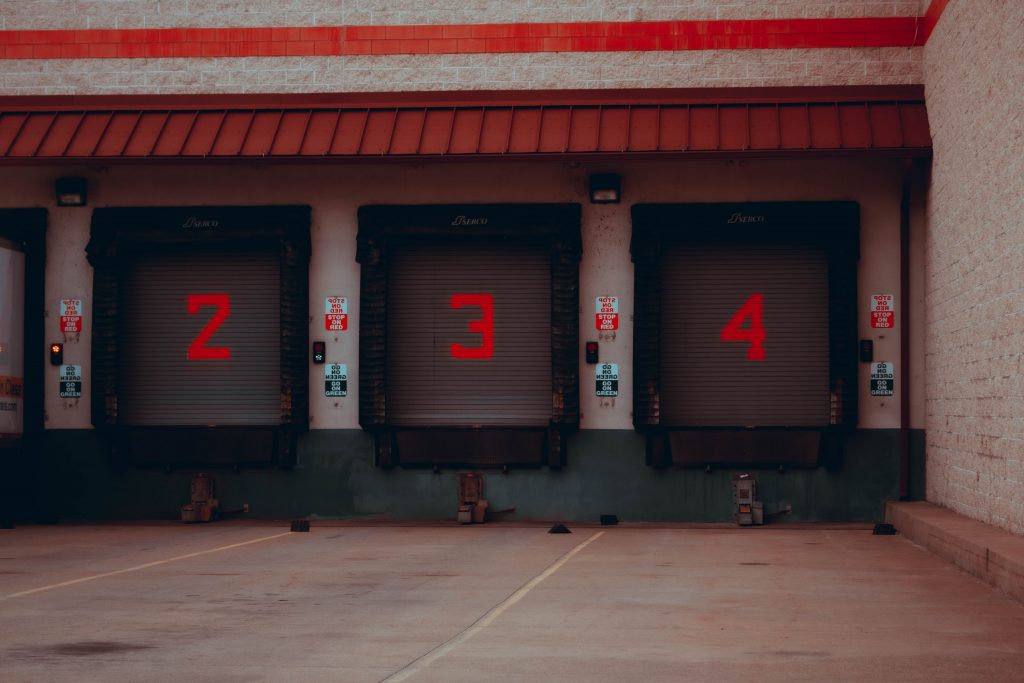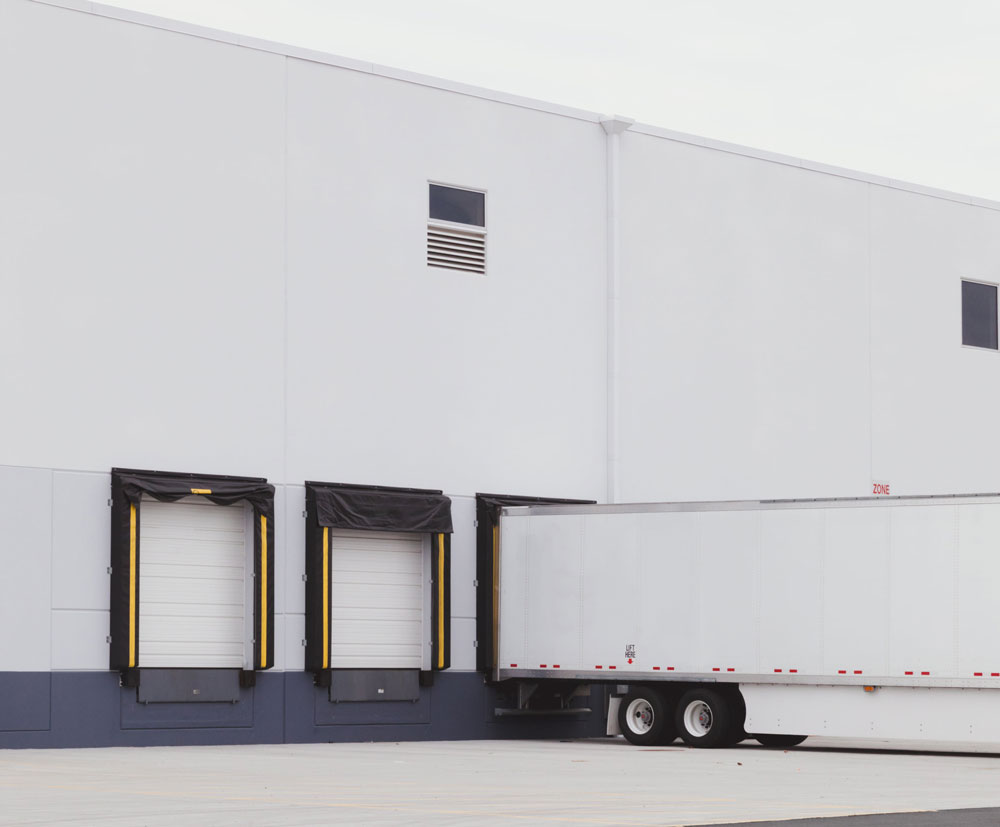5 Common Loading Dock Leveler Issues and How to Troubleshoot Them
Loading Dock Leveler Issues
Loading dock levelers are an essential accessory for any business with a busy loading dock.
A leveler’s purpose is to bridge the gap between the dock and the trailer, making it easier and safer to move heavy items.
Loading dock levelers can experience problems that can cause downtime and safety issues.
In this blog post, we’ll explore some of the most common loading dock leveler issues and how to prevent them.

Loading Dock Leveler Repair near Grand Rapids, Michigan
The Top 5 Most Common Loading Dock Leveler Issues
Hydraulic Fluid Leaks
One of the most common issues that occurs with loading dock levelers is hydraulic fluid leaks.
The hydraulic system is responsible for lifting and lowering the dock leveler. When a leak ensues, it can cause the leveler to malfunction. Leaks can occur due to worn or damaged seals, cracked hoses, or damaged cylinders. Not only can a hydraulic fluid leak cause downtime, but it can also pose a safety risk if the fluid spills onto the loading dock, creating a slippery surface.
Prevention: Regular maintenance can help prevent hydraulic fluid leaks. Inspect the hydraulic system regularly, including hoses, seals, and cylinders, and replace any worn or damaged parts immediately.
Uneven Lip Extension
The lip extension is the part of the dock leveler that extends to the trailer to create a smooth transition. If the lip extension is not level or uneven, it can create a tripping hazard or damage the trailer. The most common cause of uneven lip extension is worn or damaged hinges or pins.
Prevention: Regularly inspect the hinges and pins that connect the lip extension to the dock leveler. Replace any worn or damaged parts to ensure smooth and even operation.
Rust and Corrosion
Loading dock levelers are exposed to the elements, and over time, rust and corrosion can develop. Rust and corrosion can weaken the dock leveler’s structure, causing it to fail, and create safety hazards. In addition, rust and corrosion can make the leveler difficult to operate, leading to downtime.
Prevention: Regularly clean and inspect the dock leveler for signs of rust and corrosion. Use a rust inhibitor or paint to prevent rust and corrosion from developing.
Loose or Damaged Dock Bumpers
Dock bumpers are essential for protecting the dock and the trailer from damage during loading and unloading. If the dock bumpers are loose or damaged, they may not provide adequate protection, and the dock or trailer could be damaged. Loose or damaged dock bumpers can also create a safety hazard.
Prevention: Inspect the dock bumpers regularly and replace any that are loose or damaged promptly. Consider upgrading to a more durable bumper material, such as NORDOCK® Steel Face Bumpers, to reduce the risk of damage.

Electrical Issues
Many loading dock levelers are powered by electricity, and electrical issues can cause downtime and safety issues. Electrical issues can include faulty wiring, blown fuses, or malfunctioning control panels.
Prevention: Regularly inspect the electrical components of the dock leveler, including wiring, fuses, and control panels. Replace any worn or damaged parts immediately. If your system is dated you could consider upgrading to a newer, more reliable control system.
Conclusion
Loading dock levelers are essential for any business that involves loading and unloading goods from trucks or trailers. However, like any mechanical equipment, they can experience problems that can cause downtime and safety issues.
Regular maintenance and inspections can help prevent many of the most common loading dock leveler issues, including hydraulic fluid leaks, uneven lip extension, rust and corrosion, loose or damaged dock bumpers, and electrical issues.
By taking a proactive approach to loading dock leveler maintenance, you can reduce downtime, increase safety, and protect your investment.
